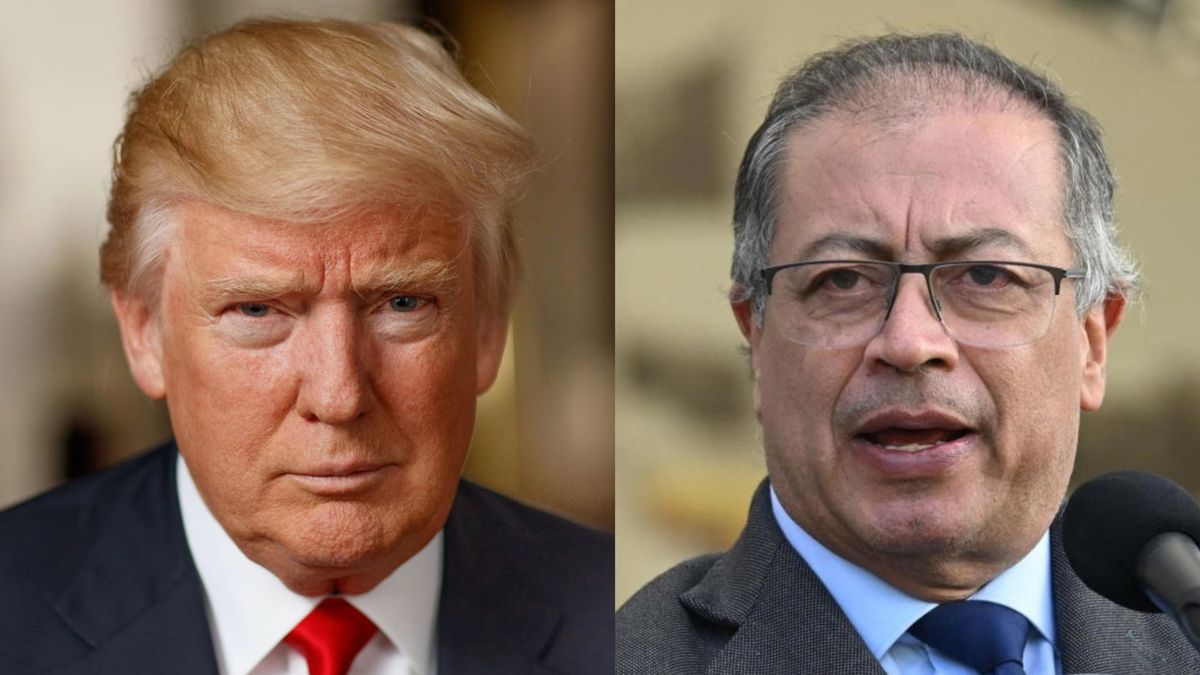Beyond the result of the legislative elections this Sundayonce the political impact passes, The structural challenges of the Argentine economy will once again take center stage. Among them, one of the most urgent is the heavy schedule of debt maturities that the country faces for next year, both in dollars and pesos.
The first have to do, for the most part, with the renegotiation carried out with bondholders by former minister Martín Guzmán in 2022 and the latter, with the excess of issued pesos that have to be sterilized hasThis is that the genuine demand for money allows these funds to be released without generating inflation.
In the case of debt in foreign currency between the last quarter of 2025 and all of 2026 a total of US$20,904 million will have to be paid, to which US$3,000 million must be added for the Bonds for the Reconstruction of a Free Argentina (BOPREAL) issued by the Central Bank to cancel debt of importers.
Regarding the debt in pesos, between eOn October 29 and December 31, 109.8 billion expire, which is equivalent to another US$73.2 billion at a dollar value of $1,500.
The amount that Argentina would have to renew per year is not important in relation to the capital movements that exist worldwide. In fact, as the economist points out in his presentations Ricardo Arriazu, if you take all the maturities of the Argentine debt that is effectively owed to the private sector, they do not reach 20% of GDP.
Arriazu wonders how it is possible that the Government cannot break the distrust of the markets by having an impeccable record in fiscal matters. There is no trust due to previous defaults and because Argentina has had a couple of recent experiences of quasi-compulsive debt swaps, with very strong capital reductions, which even, after that, harmed those who trusted the country again by participating in these operations.
What’s left this year
According to estimates of the consultancy Quantum, this quarter Argentina has to pay US$2,295 million with organizations, US$370 million with bondholders and US$1,000 million from a BOPREAL. Added to that are $11.9 billion in local currency in October; $24.5 billion in November and $17.2 billion in December.
quantum
Quantum states in a recent report on debt management that “there are options to meet the challenge, although the prevailing conditions are difficult.” to implement financing or carry out liability management operations.”
In fact, since he arrived at the Treasury Palace, Luis Caputo and his team have been trying to reopen the markets to roll the debt into dollars, but without success. The market has not bought the idea that confidence is recovered only by having impeccable accounts in pesos, without persistently accumulating reserves.
And so it is These days he is looking for a way to pay the maturity with bondholders of US$4,332, either with a loan from four US banks, or through a debt repurchase operation for education and simply using the money from the swap with the US Treasury.
The battle that the governments of Javier Milei and Donald Trump are now engaged in against the market is to demonstrate that The Argentine peso does not require any correction and that therefore investors have to trust. It is worth remembering that if last year’s inflation is taken froml 117.8% against a devaluation of the official dollar of 24%, that gives an “inflation in dollars” of almost 70%while this year, if market projections are met, hopened “deflation in dollars” but of 13%. Which indicates that there is ground to correct.
For this reason, the minister Luis Caputo insists that he is not going to devalue or that there will be corrections in the band scheme after the elections. It is to be remembered that Before leaving the “crawling peg” scheme he had also said that he was not going to devalue. However, the price of the dollar corrected and Caputo said that this was not a devaluation but “floating.”
The maturities of 2026 in dollars
According to the estimates of the consulting firm that directs Daniel Marx with Multilateral organizations mature capital and interest for US$7,521 million. Of the 2026 maturities, almost half are with the IMF for US$3,413 million.
In debt securities and bills there are gross maturities of capital and interest for US$10,718 millionof which US$7,677 million are capital maturities.
In addition, there are capital maturities by BOPREAL for US$1,000 million in November 2025 and US$2 billion in the first half of 2026.
Maturities in pesos of 2026
As for next year’s calendar, According to data from the Banco Provincia Study Center, in the pabout $14.5 billion mature in the first quarter; in the second, $10.5 billion; in the third only $1.9 billion while eThe fourth now accumulates the greatest pressure for $29.3 billionof which $27.3 billion are from December alone. It is evident that with the mechanics of the short-term roll these values will change over the months.
Where should the money come from to pay?
Quantum remembers that for the debt in dollars, the current program with the IMF projects disbursements from the organization for US$1.9 billion equivalent during 2026, subject to the fulfillment of goals and the evaluation of the progress of the program. It also foresees disbursements from other multilateral organizations for US$800 million.
The consultant estimated that the Treasury would haveto deposits in pesos in the BCRA for the equivalent of US$9,094 million at the current official exchange rate, an amount that will vary depending on the fiscal surplus that is generated and the refinancing of debt maturities in pesos that is achieved. It is also mentioned that it would have about US$1.5 billion, although it is not clear if they were sold to contain the escape of the dollar.
On the other hand, The report estimates that the BCRA has liquid reserves of US$19,458 million, and short-term dollar liabilities US$12,946 million, which are the counterpart of dollar deposits in banks.
The work thus indicates that “the maturities with private creditors “They could be considered relatively low if Argentina had access to financing in international markets” although he clarifies that “the current level of country risk reflects the difficulty of doing so.”
Source: Ambito
I am a 24-year-old writer and journalist who has been working in the news industry for the past two years. I write primarily about market news, so if you’re looking for insights into what’s going on in the stock market or economic indicators, you’ve come to the right place. I also dabble in writing articles on lifestyle trends and pop culture news.




